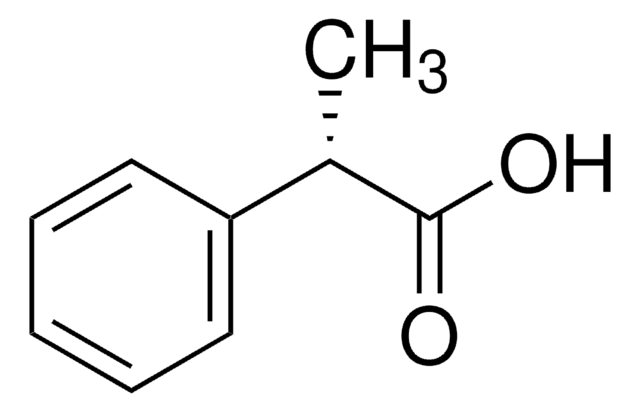372781
Poly(ethylene oxide)
average MV 1,000,000 (nominal), powder, hydroxyl, BHT as inhibitor
Sinônimo(s):
Polyethylene oxide, PEO
About This Item
Produtos recomendados
Nome do produto
Poly(ethylene oxide), average Mv ~1,000,000 (nominal), powder
Formulário
powder
Nível de qualidade
peso molecular
average Mv ~1,000,000 (nominal)
contém
200-500 ppm BHT as inhibitor
viscosidade
400-800 cP, 2 % in H2O(25 °C, Brookfield)(lit.)
grupo funcional
hydroxyl
cadeia de caracteres SMILES
[H]OCCO
InChI
1S/C2H6O2/c3-1-2-4/h3-4H,1-2H2
chave InChI
LYCAIKOWRPUZTN-UHFFFAOYSA-N
Procurando produtos similares? Visita Guia de comparação de produtos
Categorias relacionadas
Descrição geral
Aplicação
Código de classe de armazenamento
11 - Combustible Solids
Classe de risco de água (WGK)
WGK 1
Ponto de fulgor (°F)
Not applicable
Ponto de fulgor (°C)
Not applicable
Escolha uma das versões mais recentes:
Já possui este produto?
Encontre a documentação dos produtos que você adquiriu recentemente na biblioteca de documentos.
Os clientes também visualizaram
Artigos
In this article, we discuss issues critical to successful application of the electrospinning technique, including control of individual nanofibers to form secondary structures and assembly of nanofibers into 3D architectures.
Global Trade Item Number
| SKU | GTIN |
|---|---|
| S990442-1EA | |
| 372781-250G | 4061831834222 |
| 372781-5G | 4061831834246 |
| 372781-500G | 4061831834239 |
Nossa equipe de cientistas tem experiência em todas as áreas de pesquisa, incluindo Life Sciences, ciência de materiais, síntese química, cromatografia, química analítica e muitas outras.
Entre em contato com a assistência técnica

